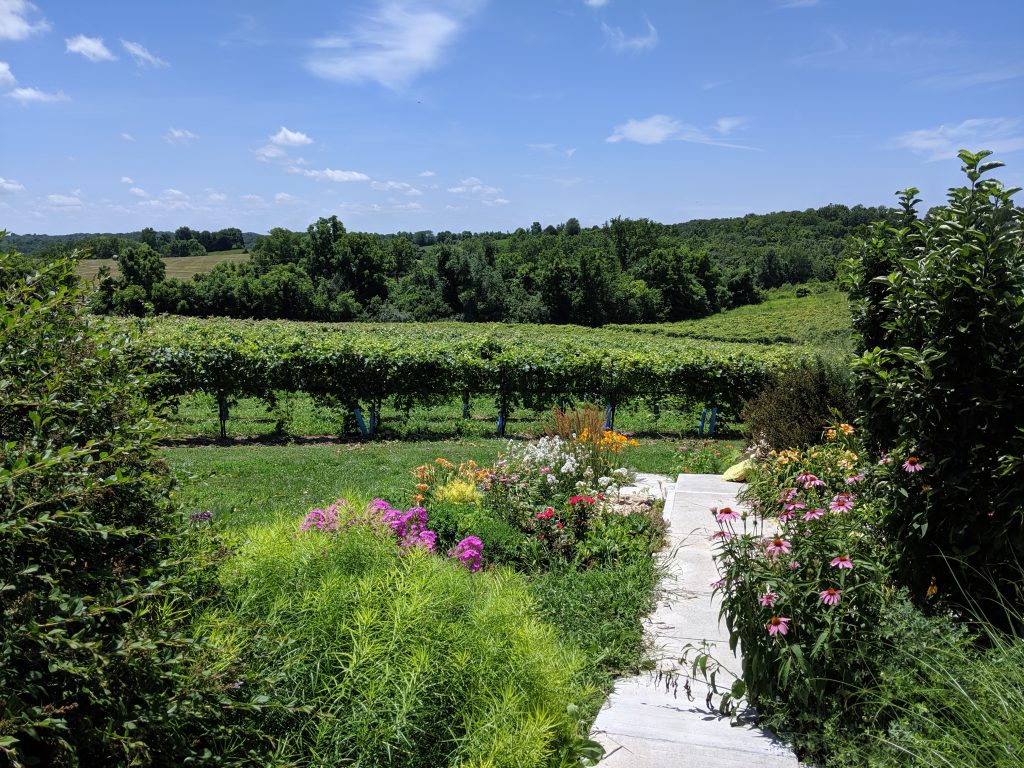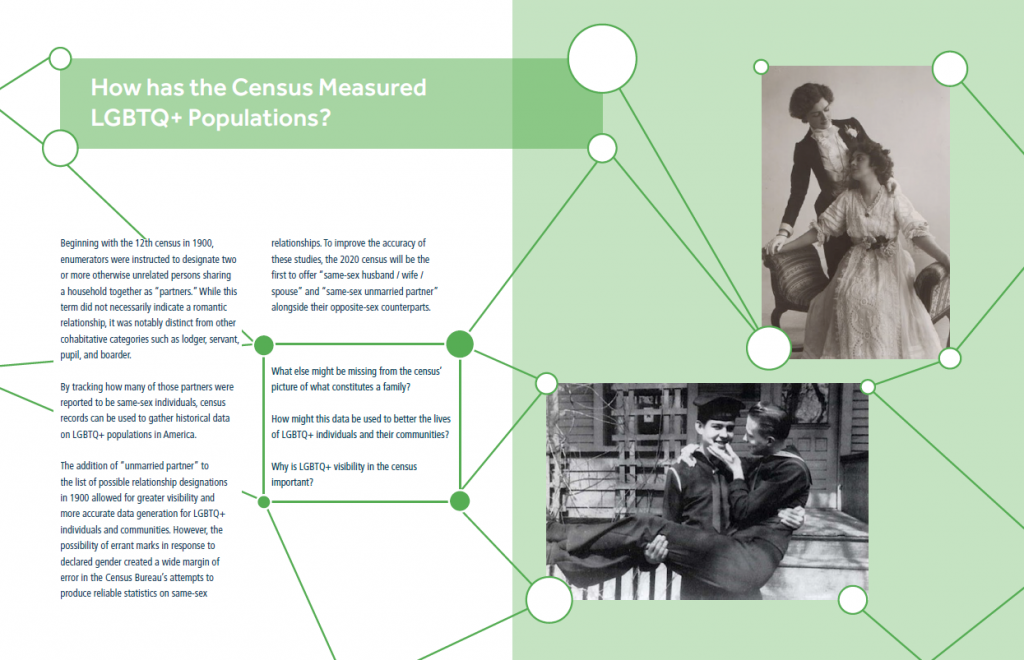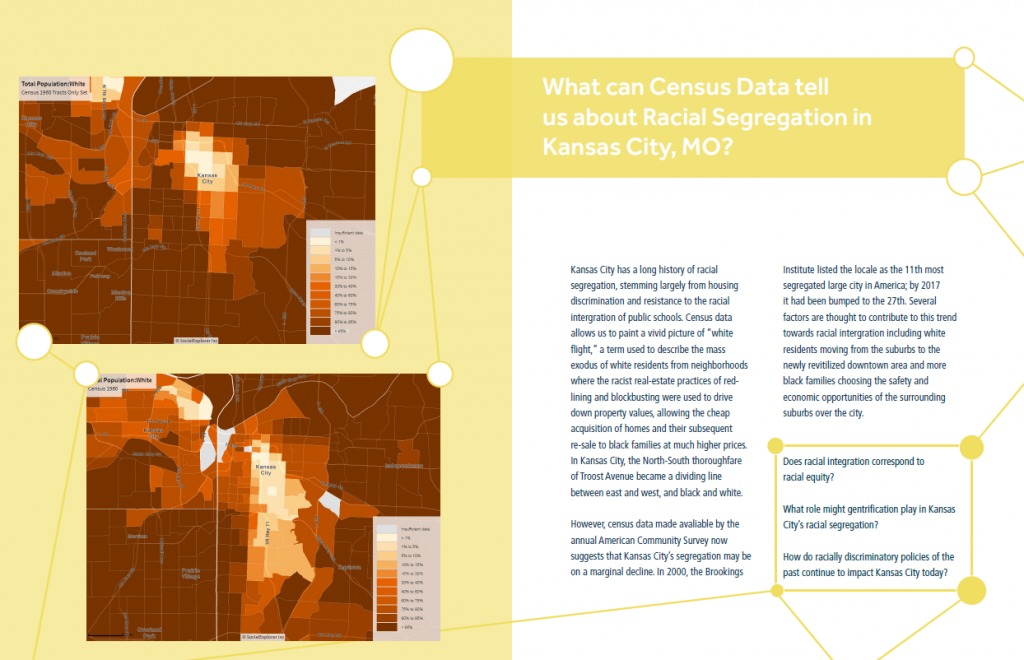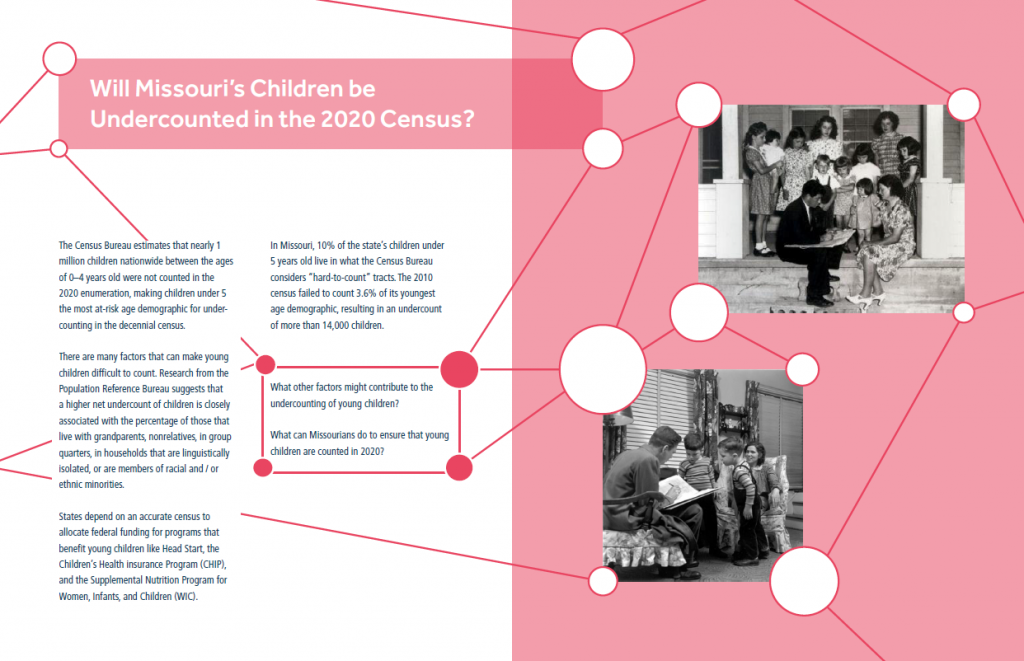When I put the address for ContemPlace into my Google Maps I was certain that I’d made a mistake. Why did it look like the “Kansas City, Missouri based” non-profit I was about to start interning for was somewhere out in Leavenworth, Kansas? I didn’t even know that KC proper extended past the Missouri River, let alone so far out into the countryside; when I pulled up the gravel driveway surrounded by ripe rows of grape vines stretching out across the hills, I became increasingly excited and mildly concerned that I had been mistakenly placed in an internship at a vineyard.
ContemPlace, founded by exhibit designer and vintner Jerry Eisterhold, is an umbrella non-profit for educational initiatives, trying to make a name for itself in national conversations surrounding civic engagement taking place among organizations such as American Public Square and the American Association for State and Local History. I was hired on to assist in the development of its premier project: a scalable, customizable poster exhibit titled Seeing Through the Census, designed for display in libraries and community centers to help inform the public of the history, purpose, utility, and wide-ranging implications of the United States’ decennial census. Several of these educational panels had already been designed before I started at ContemPlace, my initial task was to generate content for an additional 7 panels. My days were spent researching the history of the census, its successes, its failures, and its controversies. The first panel I wrote addressed LGBTQIA+ visibility in the census, something I had honestly never given a moment’s consideration to. I learned that, by tracing concentrated usage of the word “partner” rather than “husband” or “wife” to denote the relationship between two heads of household, we can use census data from 1900 on to visualize historic queer neighborhoods in U.S. cities. I also learned that, while the 2020 census will be the first to provide the option of clear distinctions between same-sex and opposite-sex relationships, it will not provide any visibility for trans and non-binary folks. And that the 21st census in 2000 was the first to allow Americans to choose more than one option when describing their racial identity. I learned, above all, that the census was not an apolitical exercise but rather a battleground for social justice and reform.
Most of my peers, and in fact, much of mainstream America, came to the same realization over the last six months due to political controversy over President Trump’s attempt at including a citizenship question in the 2020 census. Many worried that the information would be used unlawfully to identify so called “illegal immigrants” for deportation by the Trump administration’s zealous ICE raids. Though his efforts were blocked by the courts after 17 states sued the Census Bureau, significant damage had been done to the institution’s reputation as a safe and benevolent custodian of private data. Consequently, states with a high immigrant population are now facing the serious threat of an undercount that could result in the loss of millions of dollars of federal funding.
Seeing Through the Census couldn’t constitute even a drop in the bucket when it comes to the amount of census awareness needed to combat a PR catastrophe of that magnitude. Yet, however modest its impact, the project has heart. I wrote 6 more panels for the exhibit, on hard-to-count census tracts, visualizing the history of racial segregation in Kansas City, the undercounting of young children, congressional reapportionment, prison gerrymandering, and the difficulties of reconstructing Native American genealogies using historic census data. I began promoting the exhibit by contacting every public library and as many community centers as I could find in Missouri before reaching out to library systems across the nation. As of today, December 13th, only a handful have accepted the exhibit and agreed to display it. However, I’ve also had the opportunity to present a project to a meeting of regional library professionals put on by the Kansas City Public Library and to meet with members of the Mid-America Regional Council’s Complete Count Committee to discuss strategies for encouraging census participation. I have learned valuable lessons in panel design, written my first grant, collaborated with colleagues and made true friends. I continue to promote and seek funding for Seeing Through the Census and hope to have it displayed at several more venues.




